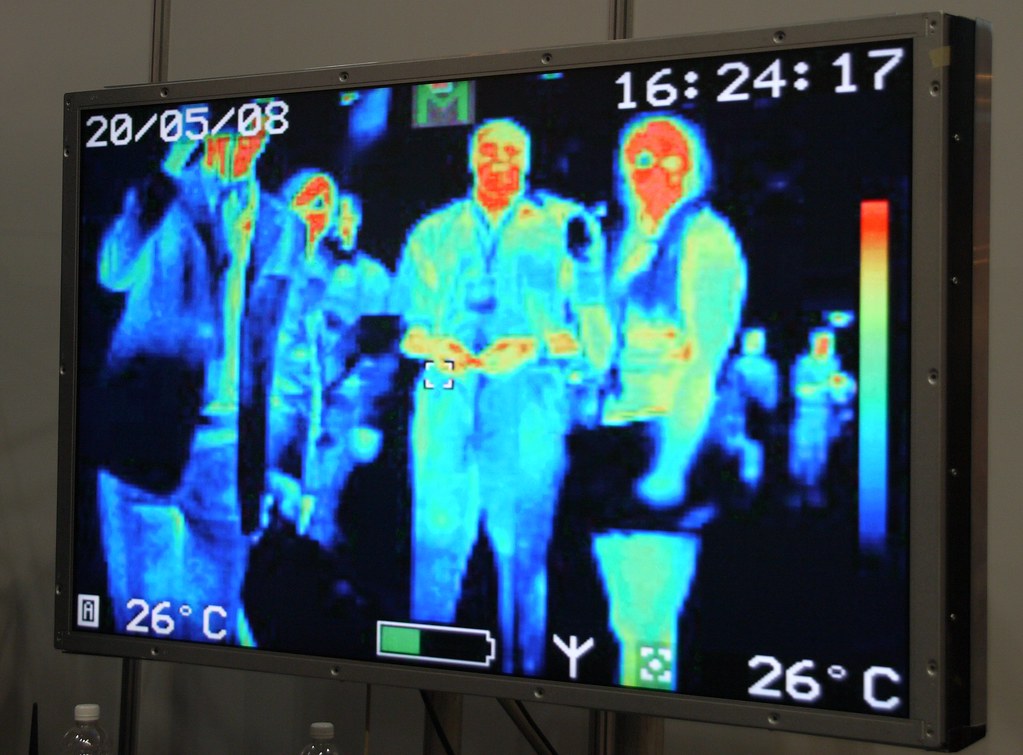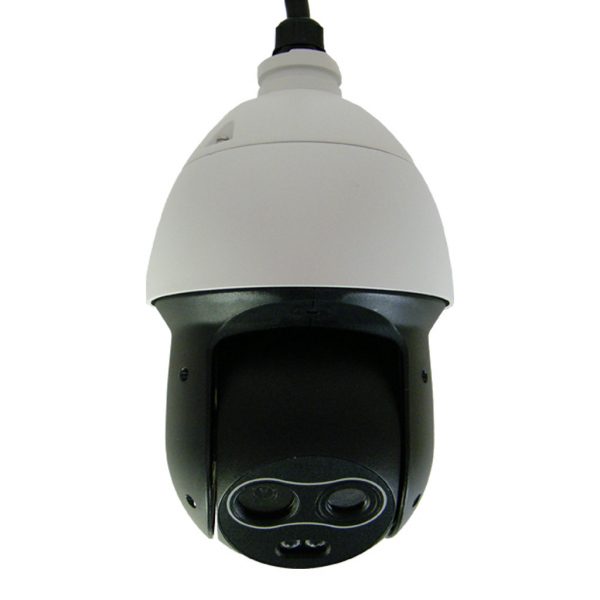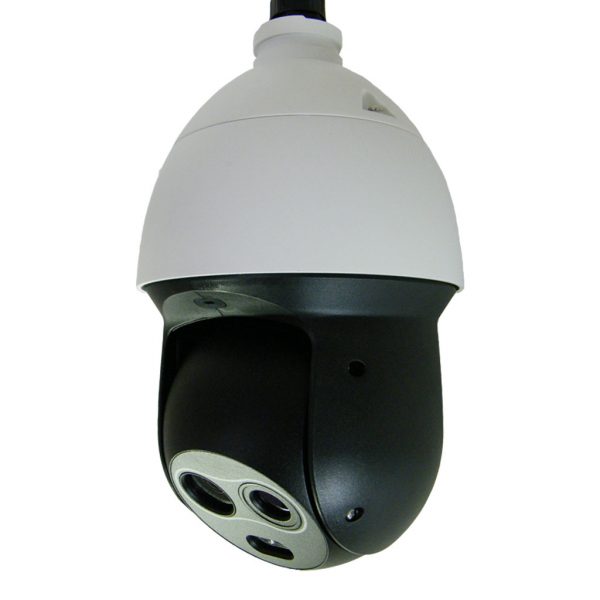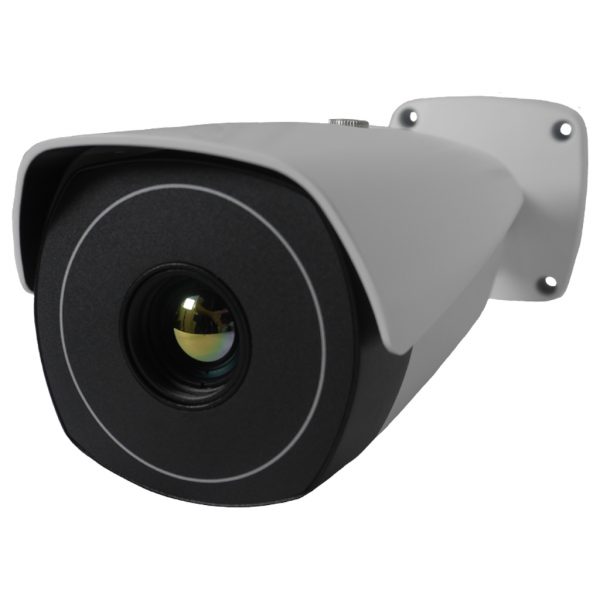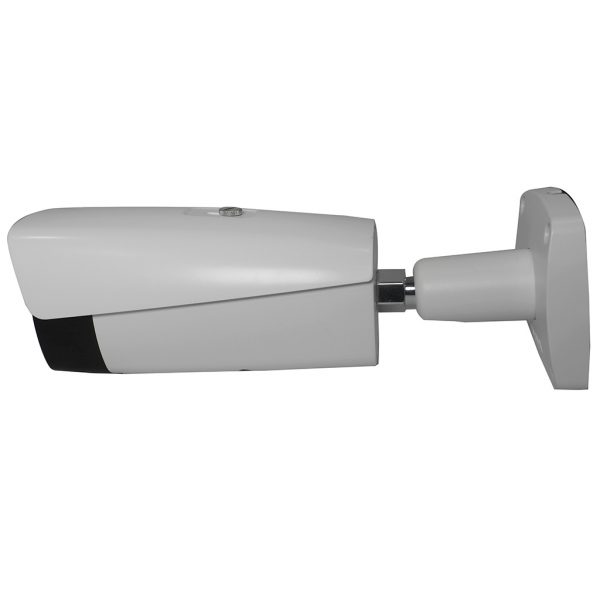Thermal cameras are powerful tools that detect heat patterns and differences in temperature. They are widely used in various fields, including security, firefighting, and industrial inspections. However, there are misconceptions about their capabilities, particularly regarding their ability to see through walls. Here’s a detailed explanation of what thermal cameras can and cannot do:
What Thermal Cameras Can Do
- Detect Heat Signatures: Thermal cameras detect infrared radiation (heat) emitted by objects, people, and animals. They create images based on temperature differences, allowing you to see heat patterns.
- See in Complete Darkness: Unlike regular cameras that rely on visible light, thermal cameras can operate in total darkness, making them useful for night-time surveillance and rescue operations.
- Identify Temperature Changes: Thermal cameras are excellent for identifying temperature variations, which can be useful in identifying overheating equipment, electrical faults, or heat leaks in buildings.
What Thermal Cameras Cannot Do
- See Through Walls: Thermal cameras cannot see through walls. Walls are typically made of materials like wood, brick, or concrete that block infrared radiation. Instead, thermal cameras detect the surface temperature of the wall itself, not what’s behind it.
- Penetrate Solid Objects: Similarly, thermal cameras cannot see through solid objects like doors, metal, or thick insulation. These materials prevent infrared radiation from passing through, limiting the camera’s ability to detect what’s on the other side.
- Identify Specific Objects Behind Walls: While thermal cameras can detect temperature changes on the surface of walls, they cannot accurately identify or visualize specific objects behind them.
Common Uses of Thermal Cameras
- Security and Surveillance: Thermal cameras are used in security systems to detect intruders and monitor areas in low light conditions.
- Firefighting: Firefighters use thermal cameras to locate hotspots, people, and animals in smoke-filled environments.
- Industrial Inspections: Thermal cameras help in identifying overheating machinery, electrical faults, and leaks in buildings.
- Medical Imaging: In healthcare, thermal imaging is used for diagnostic purposes, such as detecting inflammation or poor blood circulation.
Related Products
35MM AI Thermal Bullet Camera W/ Audio and Alarm
Specifications
- Lens: 35mm Fixed Lens
- Audio: Capable With External Mic
- SD Card Compatible: Yes
- Perimeter Protection: No
- Object Detection: No
- Face Detection: No
- Face Recognition: No
- Smart Motion Detection: No
- LPR: No
Frequently Asked Questions (FAQ)
1. Can thermal cameras see through walls?
- No, thermal cameras cannot see through walls. They detect the surface temperature of the wall, not what’s behind it.
2. What materials can thermal cameras not penetrate?
- Thermal cameras cannot penetrate solid objects such as walls, doors, metal, or thick insulation.
3. What are the common uses of thermal cameras?
- Thermal cameras are commonly used in security and surveillance, firefighting, industrial inspections, and medical imaging.
4. Can thermal cameras detect heat in complete darkness?
- Yes, thermal cameras can detect heat signatures in complete darkness, making them useful for night-time operations.
5. How do thermal cameras work?
- Thermal cameras detect infrared radiation (heat) emitted by objects and create images based on temperature differences.

